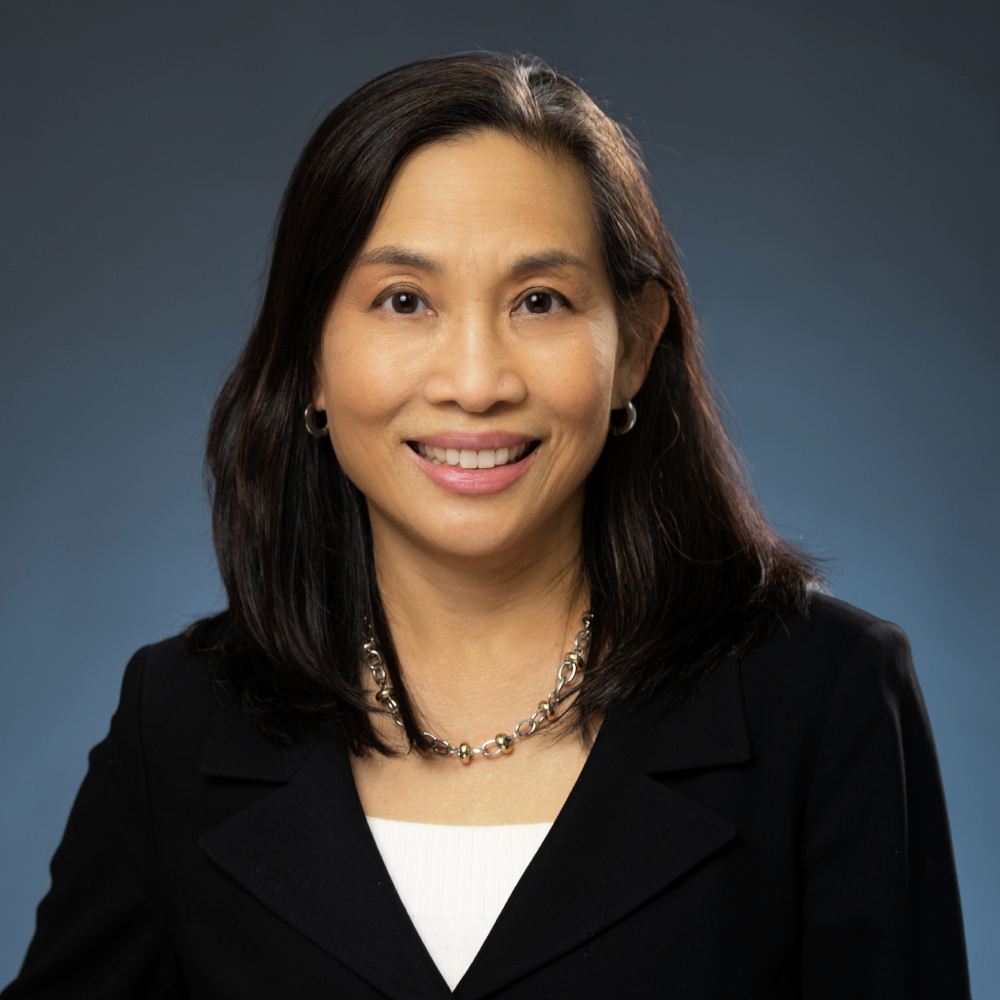
The fall is a time to celebrate the invaluable contributions of older adults. As we observe the United Nations' International Day for Older Persons and Ageism Awareness Day in October, and National Family Caregivers Month in November, it's crucial to reflect on one of the most pressing challenges of our time: ensuring financial longevity and dignity for our aging population. In a world where people are living longer than ever, the question of how to maintain financial security and quality of life in our later years has become increasingly urgent.
The global demographic landscape is shifting dramatically. According to the World Health Organization, the proportion of the world's population over 60 years old will nearly double from 12 percent to 22 percent between 2015 and 2050, reaching 2.1 billion. In the United States alone, the number of Americans aged 65 and older is projected to reach 95 million by 2060, comprising nearly 23 percent of the total population. This significant demographic change brings with it profound economic and social implications.
Financial longevity—the ability to maintain financial well-being throughout an extended lifespan – is fundamental to preserving dignity and ensuring quality of life as we age. It encompasses not just having enough money to cover basic needs, but also the resources to engage fully in society, pursue personal interests, and maintain independence. However, achieving this ideal is becoming increasingly challenging.
Many obstacles relate to our ability to prepare for a secure financial life through the accumulation of personal assets. These include the lack of ubiquitous access to employer-sponsored retirement plans, management of various debt burdens, inflation, and a general lack of financial literacy. Moreover, a family’s primary residence is often its largest asset and access to affordable housing is one of the key public policy concerns of this generation, according to the National Association of Home Builders and the US Government Accountability Office.
America is facing a retirement crisis, as AARP reports. A 2022 survey by the Federal Reserve found that slightly over a quarter of non-retired adults in the US have no retirement savings at all. Even among those who do save, the median retirement account balance for individuals aged 55-64 is just $185,000, according to the Federal Reserve’s Survey of Consumer Finances—a sum that falls far short of what most financial advisors recommend for a comfortable retirement.
Compounding this issue are rising health-care costs and longer life expectancies. The Fidelity Retiree Health Care Cost Estimate suggests that an average retired couple aged 65 in 2024 may need approximately $315,000 saved (after tax) to cover health care expenses in retirement, not including long-term care. With life expectancy in the US now at 74 for males and 80 for females, according to the Centers for Disease Control and Prevention—many retirees face the daunting prospect of financing two or even three decades of post-work life.
Addressing these challenges requires a multi-faceted approach, and government policies play a crucial role. Social Security, while vital, was never intended to be the sole source of retirement income. However, the National Institute on Retirement Security reports that 40 percent of Americans rely on Social Security as their only source of retirement income. Policymakers must work to strengthen and modernize this system while also incentivizing private savings through mechanisms like auto-enrollment and auto-escalation in 401(k) plans and expanded access to retirement accounts for gig economy workers, as reported by the Georgetown Center for Retirement Initiatives.
The private sector, too, has a part to play. Financial institutions should develop products tailored to the needs of an aging population, with a focus on saving and supporting longer lives. In addition, AARP International reports that employers should reconsider their approach to older workers, offering flexible work arrangements and phased retirement options that allow individuals to continue earning, contributing, and saving later in life.
Finally, we need to prioritize financial education and planning from an early age. Schools should incorporate personal finance into their curricula, and employers should offer robust financial wellness programs. The power of compound interest means that even small savings in one's 20s and 30s can significantly impact financial security in later life.
However, ensuring dignity in aging goes beyond financial considerations. We must combat ageism in all its forms and recognize the valuable contributions older individuals make to our society. This includes creating age-friendly communities, promoting intergenerational programs, and changing societal attitudes toward aging.
The challenges of population aging also present opportunities for innovation and growth. The "silver economy"—goods and services targeted at older adults (50+)—is projected to reach nearly 50 percent of global consumer spending by 2050. From health-care technologies to leisure and education services, businesses that cater to the needs and desires of older consumers stand to thrive.
As we celebrate the contributions of older adults this fall, let us commit to creating a society where financial longevity and dignity in aging are not just ideals but realities. This requires action from all of us: governments implementing supportive policies, businesses creating age-friendly products, services, and workplaces, individuals planning for their futures, and society at large embracing the value of our older population.
The challenge of population aging is also an opportunity to reimagine our social and economic structures. By prioritizing financial longevity and dignity in aging, we can create a more inclusive, resilient, and prosperous society for all generations. The time to act is now—our future selves depend on it.













